The very first puffer fish to receive a scientific name valid in today’s sense was the Nile puffer fish, Tetraodon lineatus. This was in 1758 and is not at all surprising, because the scholars of the world knew the fish since ancient times. In ancient Egypt there was even a hieroglyph in the form of the puffer fish. This hieroglyph was not pronounced as a sound or letter, but specified a state in which the subordinate noun was (a so-called determinative). The puffer fish stood for “discontented.” Perhaps this was because, like all puffer fish, it is poisonous and must not be eaten, at least at certain times, or risk fatal poisoning. Or perhaps the ancient Egyptians were aware of the animal’s sullen temperament. In ancient Egypt, the puffer fish was called “Fahaka” or “Fahaqa”, and this was also a synonym of the Nile puffer fish used until the 1980s.
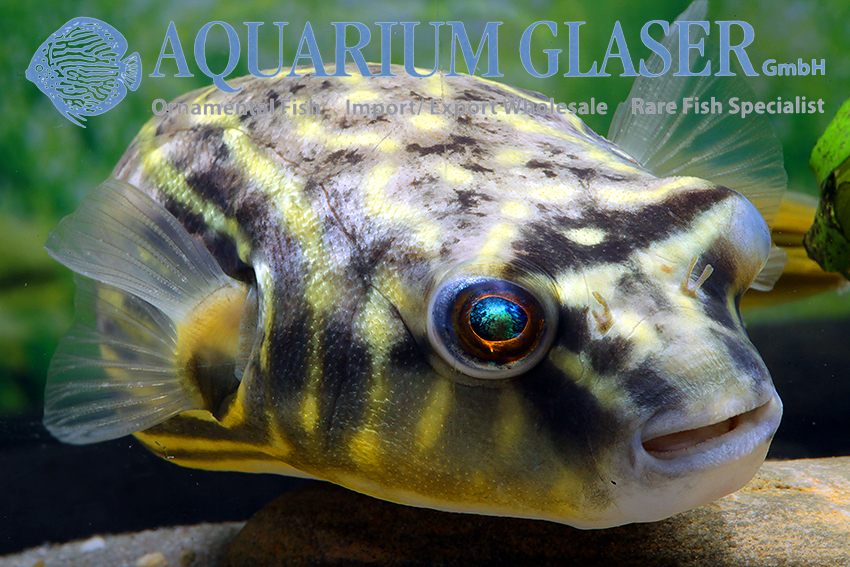
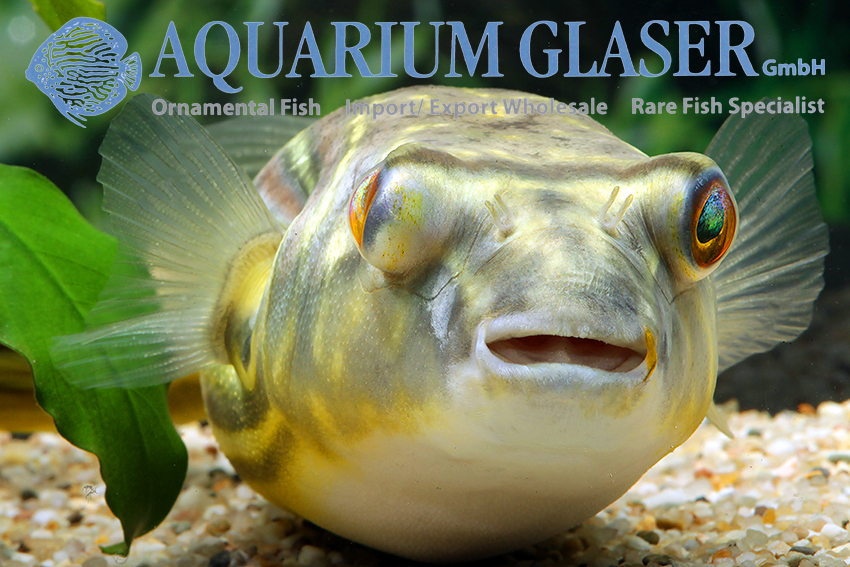
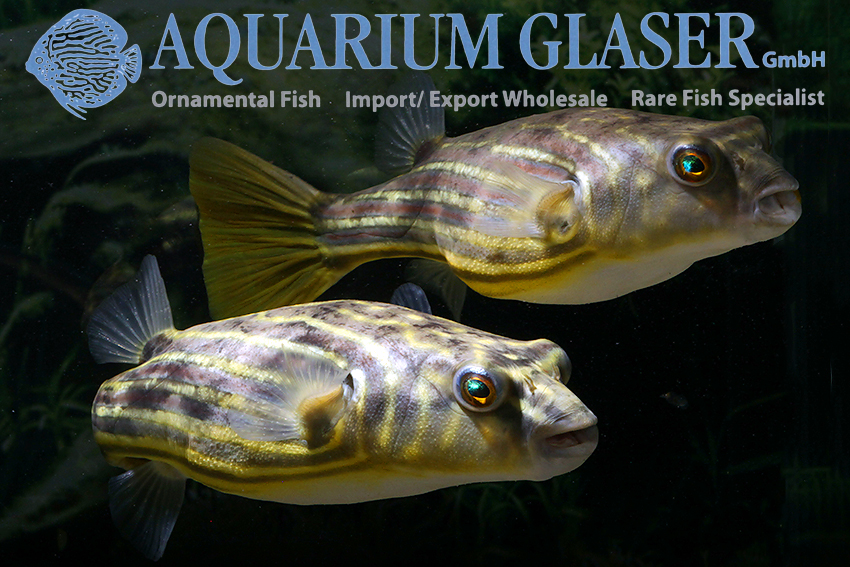
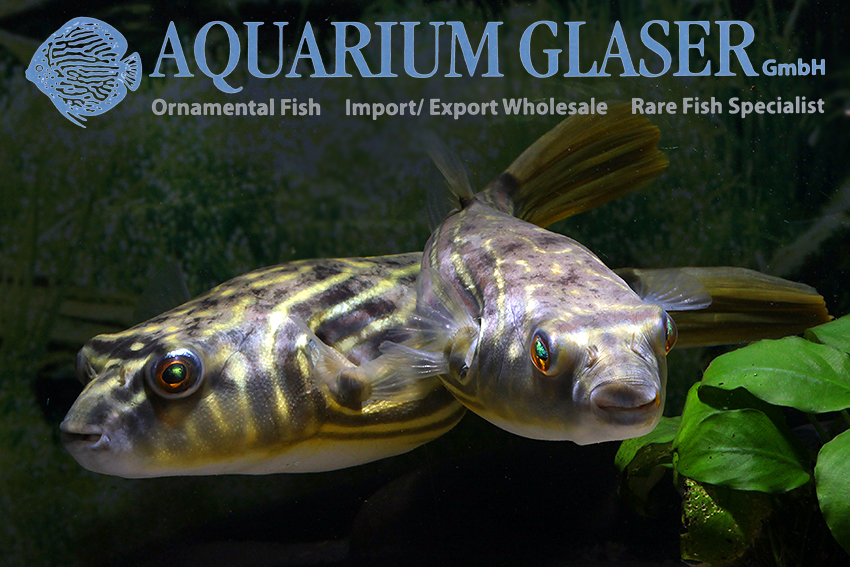
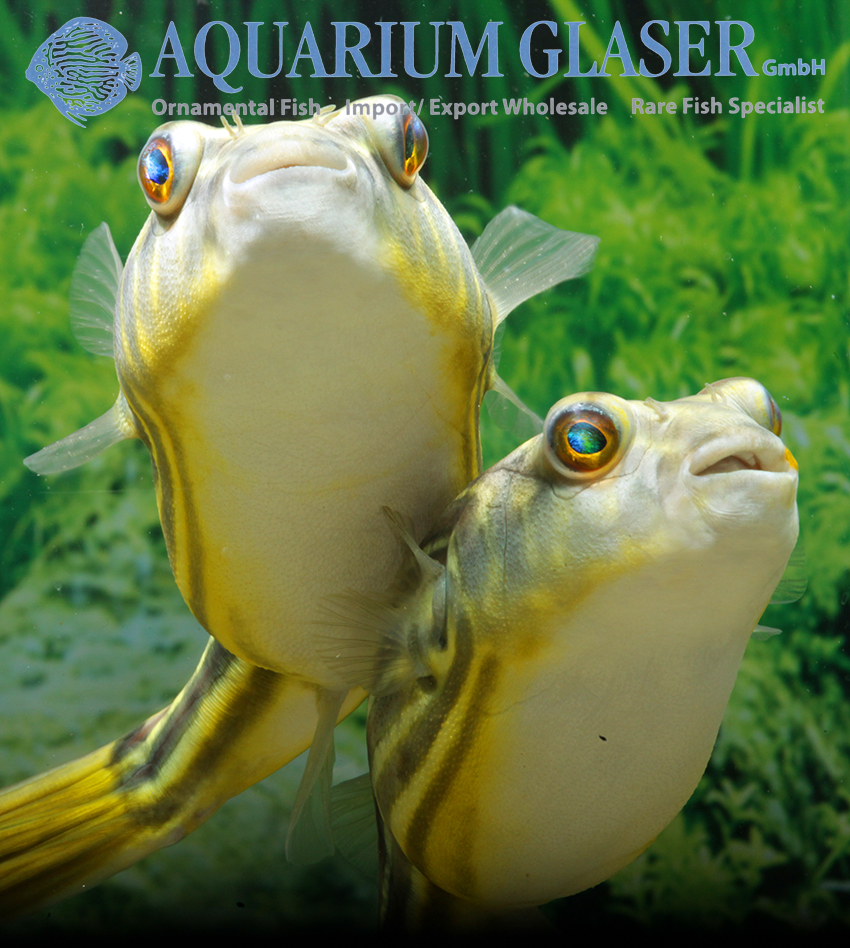
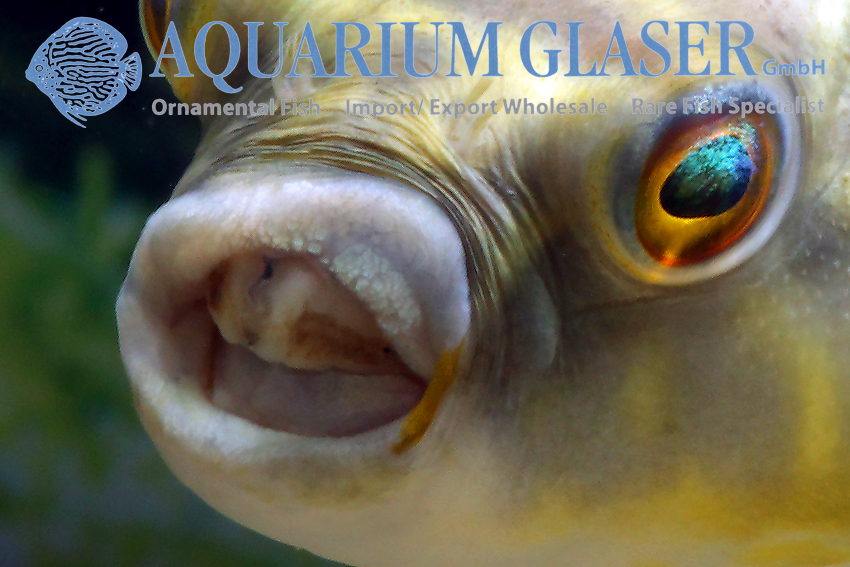
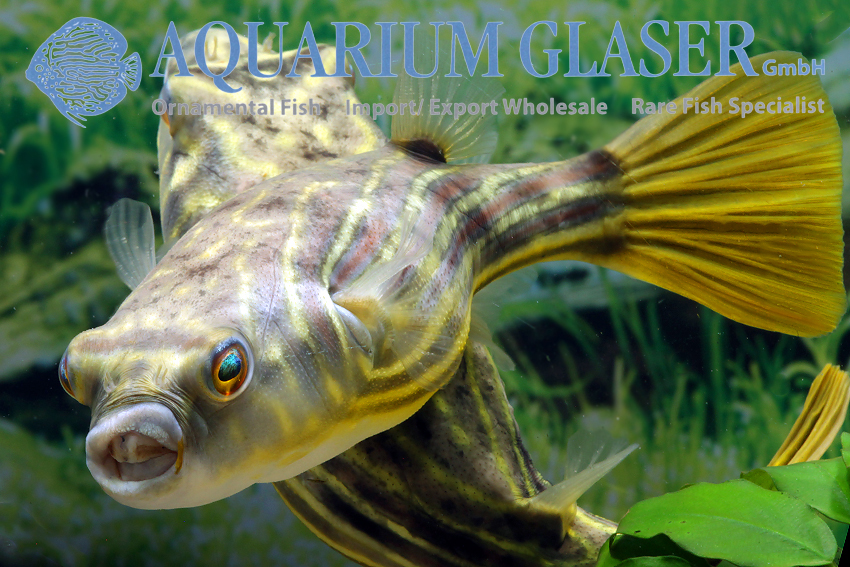
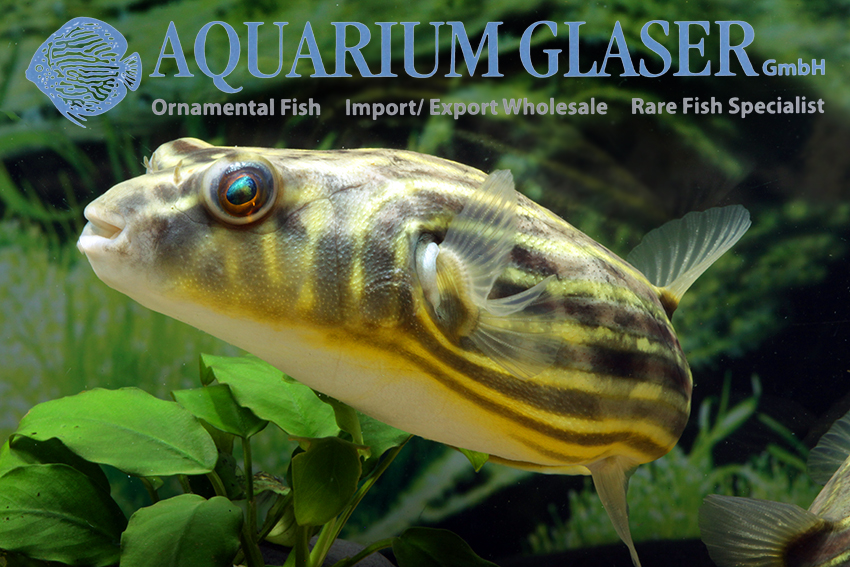
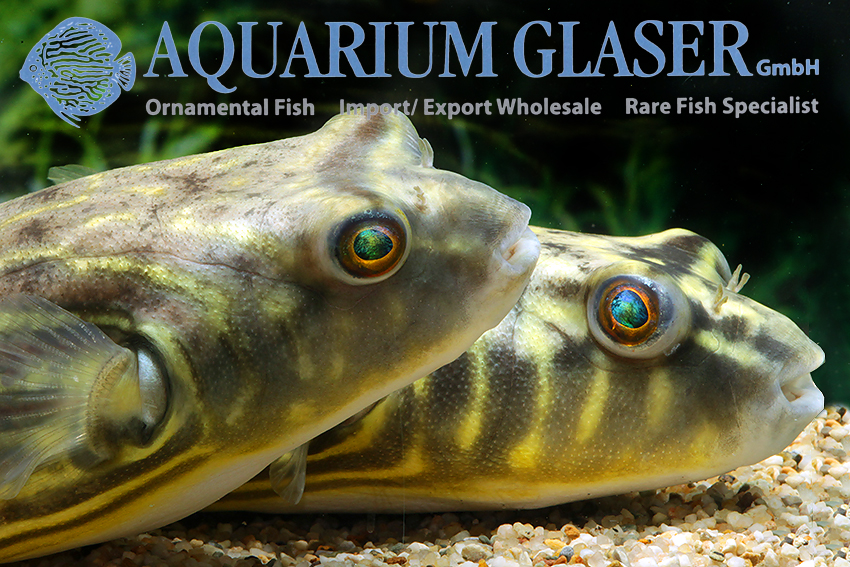
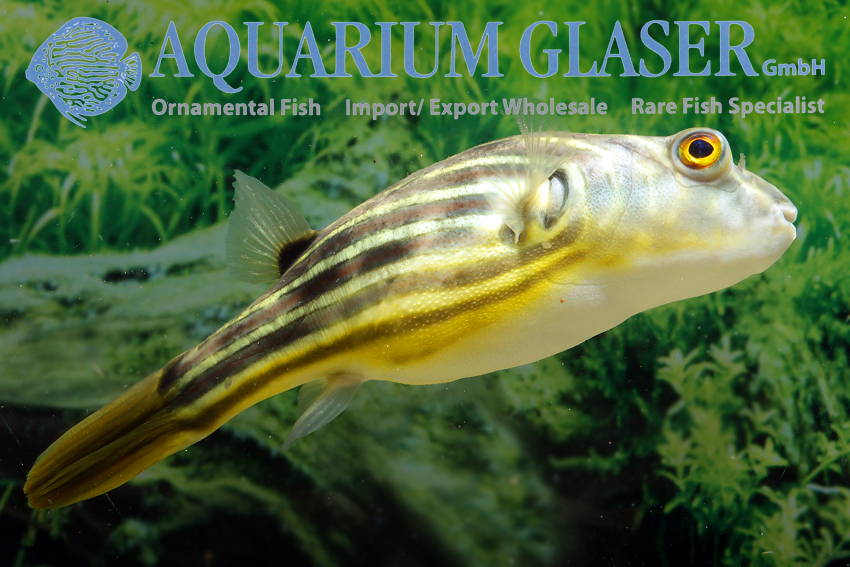
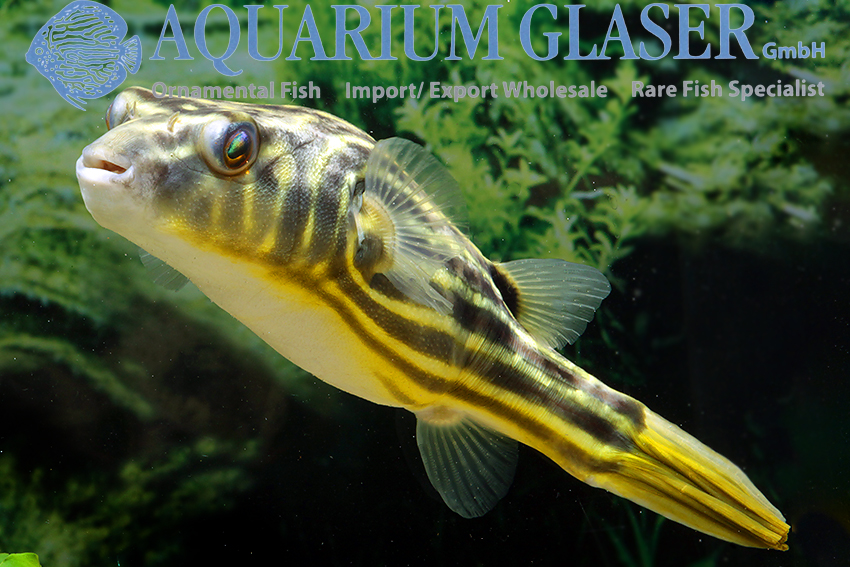
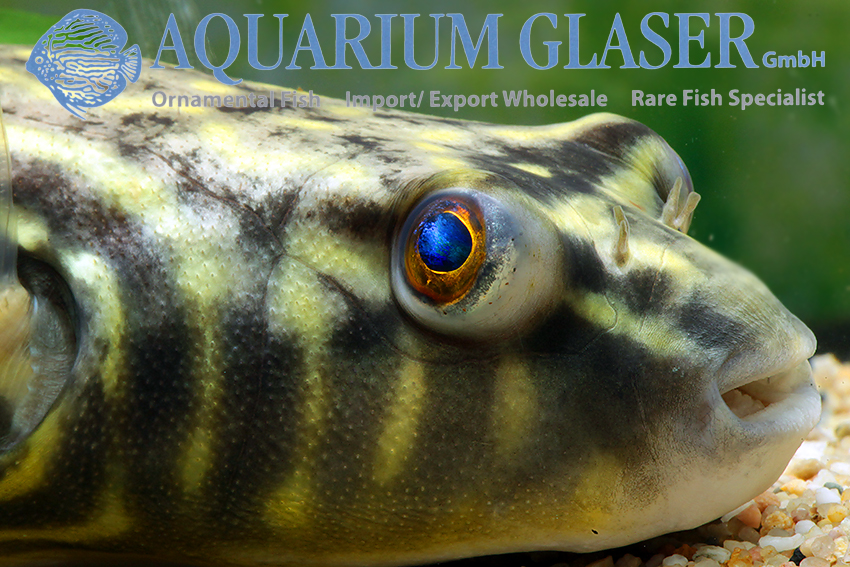
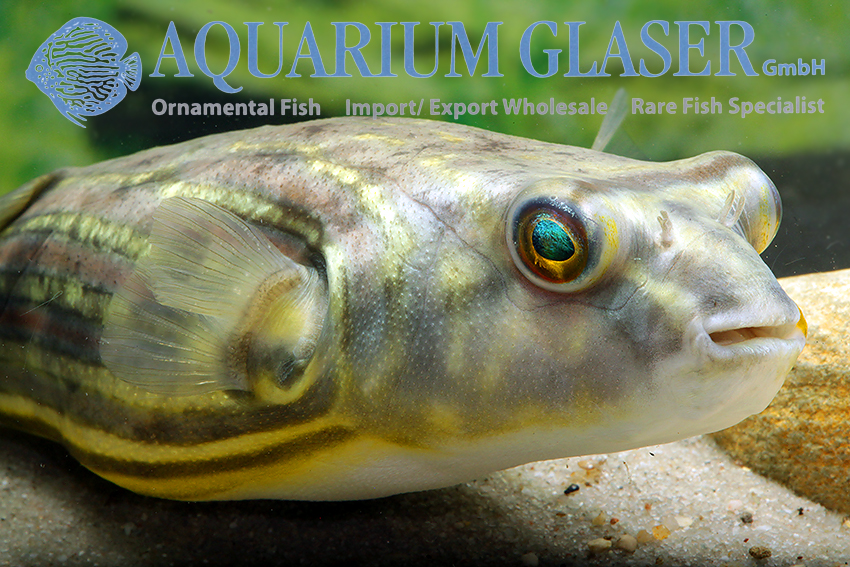
Aquaristically, the Nile pufferfish has a very bad reputation. It is considered to be extremely biting and incompatible, but curious and playful, so that sooner or later every co-inhabitant gets to feel its extremely strong teeth, which remind of a parrot’s beak and easily crack open every snail shell and every mussel shell. Also the keeper should beware of being bitten by a Nile puffer fish, this gives bleeding wounds.
On the other hand, there is hardly any aquarium fish that can match the Nile puffer fish in intelligence. It is a predator and prefers to eat small fish. And to catch them, the comparatively clumsy and slow puffer fish has to be tricky. Fascinating for the observer are also its independently moving eyes, with which the Nile puffer fish attentively observes everything inside and outside the aquarium.
The Nile puffer fish in the trade do not come from the Nile, but from the Niger. The two rivers were connected just a few 10,000 years ago and have very similar fish fauna. In the meantime Nile puffers are also bred in Indonesia. We regularly have Tetraodon lineatus on offer, both wild and captive bred. But large animals – the maximum length of T. lineatus is a little over 40 cm – are very rare for us. Right now we have 15-20 cm long specimens, quite magnificent animals!
For our customers: Tetraodon lineatus 15-20 cm (wild) have code 190307 on our stocklist. Please note that we only supply wholesale.
Text & photos: Frank Schäfer




